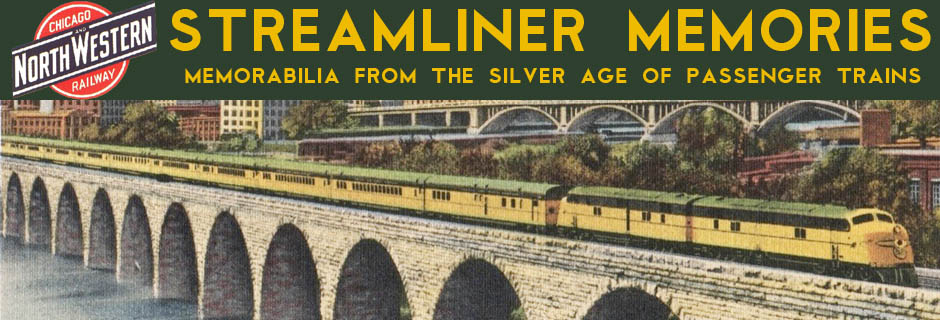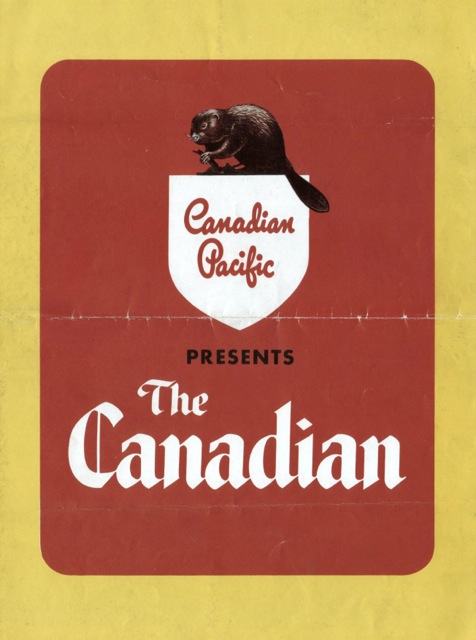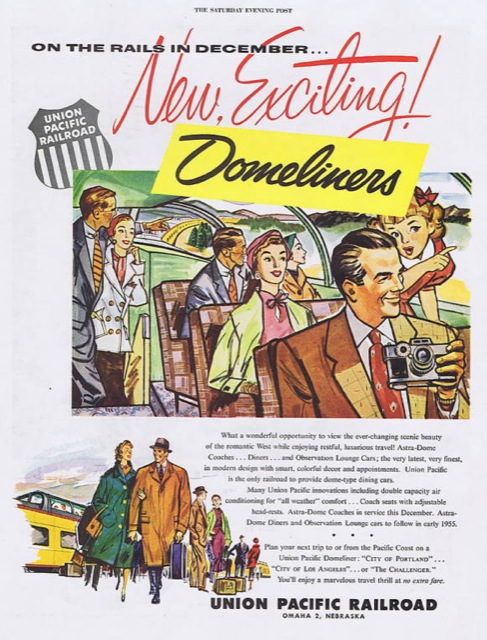The Canadian Pacific liked to bill itself as the world’s greatest travel system as it had, besides the railroads, hotels, steamships, and, for a few years, an airline. It advertised all of these with numerous travel posters. Click any image for a larger view.

The Trans-Canada Limited was an all-Pullman train, summer-only train that operated between 1919 and 1931. Some of its elegant cars have been fully restored and are displayed at the Canadian Museum of Rail Travel in Cranbrook, BC. This 1924 poster is by George Y. Kauffman (1868-1940), an American artist who also did magazine covers and even speculative science illustrations.










